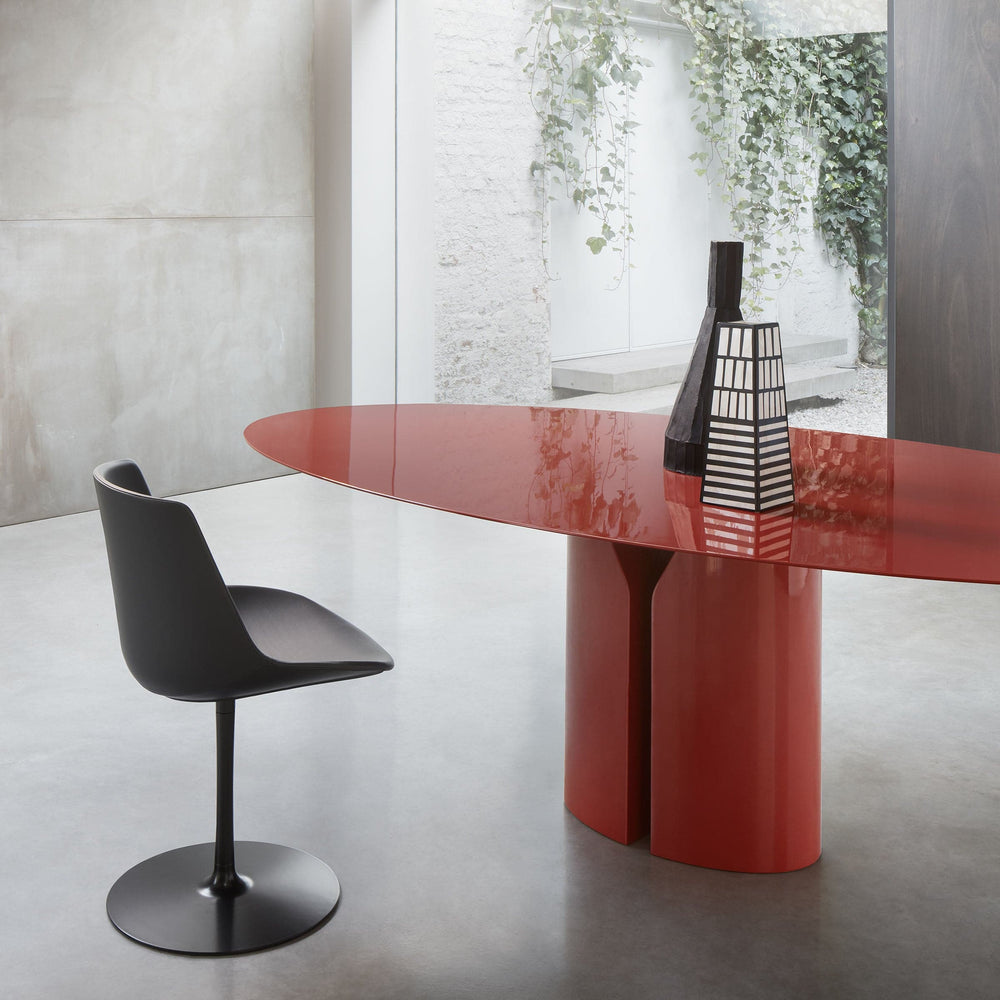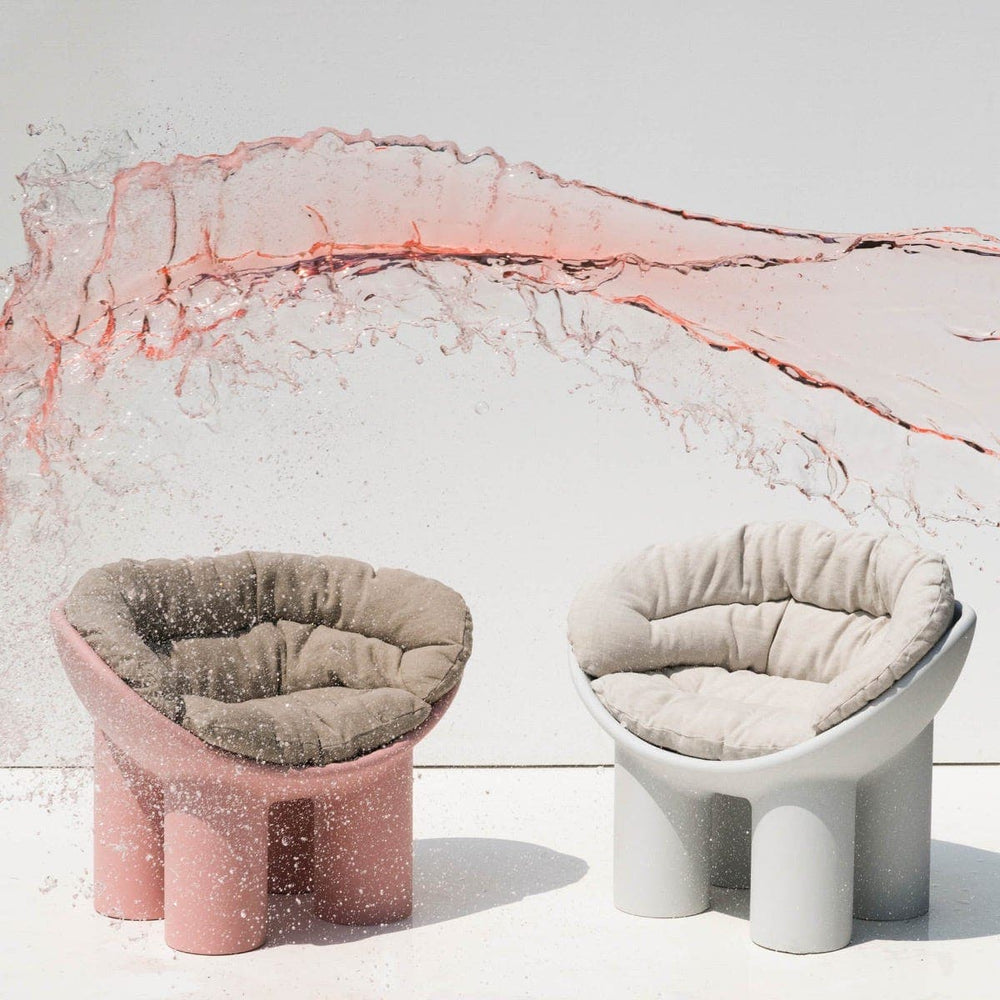SILK DISTRICT ET COMO : UNE HISTOIRE DANS L'HISTOIRE DU TEXTILE
par Maria Laura Berlinguer
Como et le district de la soie : une histoire dans l'histoire du textile
Un mot - plusieurs variétés de tissus précieux
Il suffit de dire soie pour que nous pensons immédiatement à de légers foulards caressant la peau, tels que ceux sélectionnés par Design Italy. De nombreuses variétés de tissus en soie, provenant du district manufacturier de Como, ont rendu l'Italie célèbre dans le monde entier depuis le XVIIIe siècle : taffetas, organza, chiffon, damas, brocart et duchesse. Une grande variété pour un seul tissu qui représente la qualité : la soie de Como. 95 % de toute la production italienne de soie et 80 % de la production européenne de soie sont réalisés à Como, et l'excellente qualité des soies italiennes est assurée par de petites entreprises, souvent familiales, où le tissage est synonyme de création, donnant vie, construisant une histoire d'un processus de fabrication qui vit et se renouvelle selon la tradition.
La soie italienne et l'Allemagne, un amour sans fin
Parmi les femmes artistes choisies par Design Italy pour valoriser la production traditionnelle de la soie de Como, il y a Stephanie Schenck, allemande de naissance, mais italienne de cœur, puisqu'elle a effectivement déménagé en Italie pour créer ses foulards alliant motifs floraux et géométriques. L'histoire de Schenck rappelle les origines du district de la soie de Como : au milieu du XVIIIe siècle, en effet, les principales foires allemandes et la ville de Vienne étaient les deux marchés absorbant la majeure partie de la production italienne. À la croisée entre Milan et l'Europe du Nord, la position géographique de Como explique bien pourquoi le processus de production de la soie s'est enraciné si rapidement. Aujourd'hui, Como joue toujours son rôle de producteur de matières premières pour Milan, la capitale de la mode. Les foulards de Schenck en sont la preuve vivante : design moderne et base de motifs dessinés à la main pour perpétuer la singularité d'un tissu qui doit être fait sur mesure car il ne peut être produit en masse, ses caractéristiques essentielles nécessitent une production à faible volume.
Le ciel et l'eau sur un foulard, ainsi le paysage devient le protagoniste
La soie et Como forment un duo inséparable, ce qui se voit aisément dans les châles Adima, la marque fondée par Alessandra Benetatos, qui à travers tous ses châles exprime une quête intime, une aspiration de l'âme à trouver l'harmonie avec la nature. L'eau est la protagoniste absolue, élément primordial symbolisant par excellence la naissance. Benetatos puise son inspiration dans l'eau pour entamer son voyage de régénération, ainsi les effets de l'eau sur les grands châles deviennent une plongée dans le lac pour retracer ses propres origines et chercher la guérison. La créatrice a fait ses premiers pas dans l'entreprise textile familiale et plus tard, « fascinée par l'eau », comme elle le dit, elle a transféré ses méditations sur la soie. Chaque châle Adima, affirme Benetatos, vient d'un savoir-faire « du cœur ». Mais, comme dans le cas des excellences italiennes, la passion va toujours de pair avec la technique artisanale, car ce n'est qu'en maîtrisant la polyvalence de la soie qu'on peut transférer sur le tissu des dessins qui sont des instantanés du moment exact où l'esprit se redécouvre.
...et la soie devient une œuvre d'art
Ceux qui veulent faire d'un foulard un objet de design ne peuvent se passer des techniques d'impression sur soie du district de Como. C'est le cas de Jpc Universe qui, pour concrétiser leur devise « reaching the future through the past », a réinterprété un matériau traditionnel comme la soie pour en faire une œuvre d'art. Leurs foulards, conçus par des artistes contemporains, peuvent être portés comme le vêtement le plus classique, mais ils sont aussi parfaits encadrés.
















